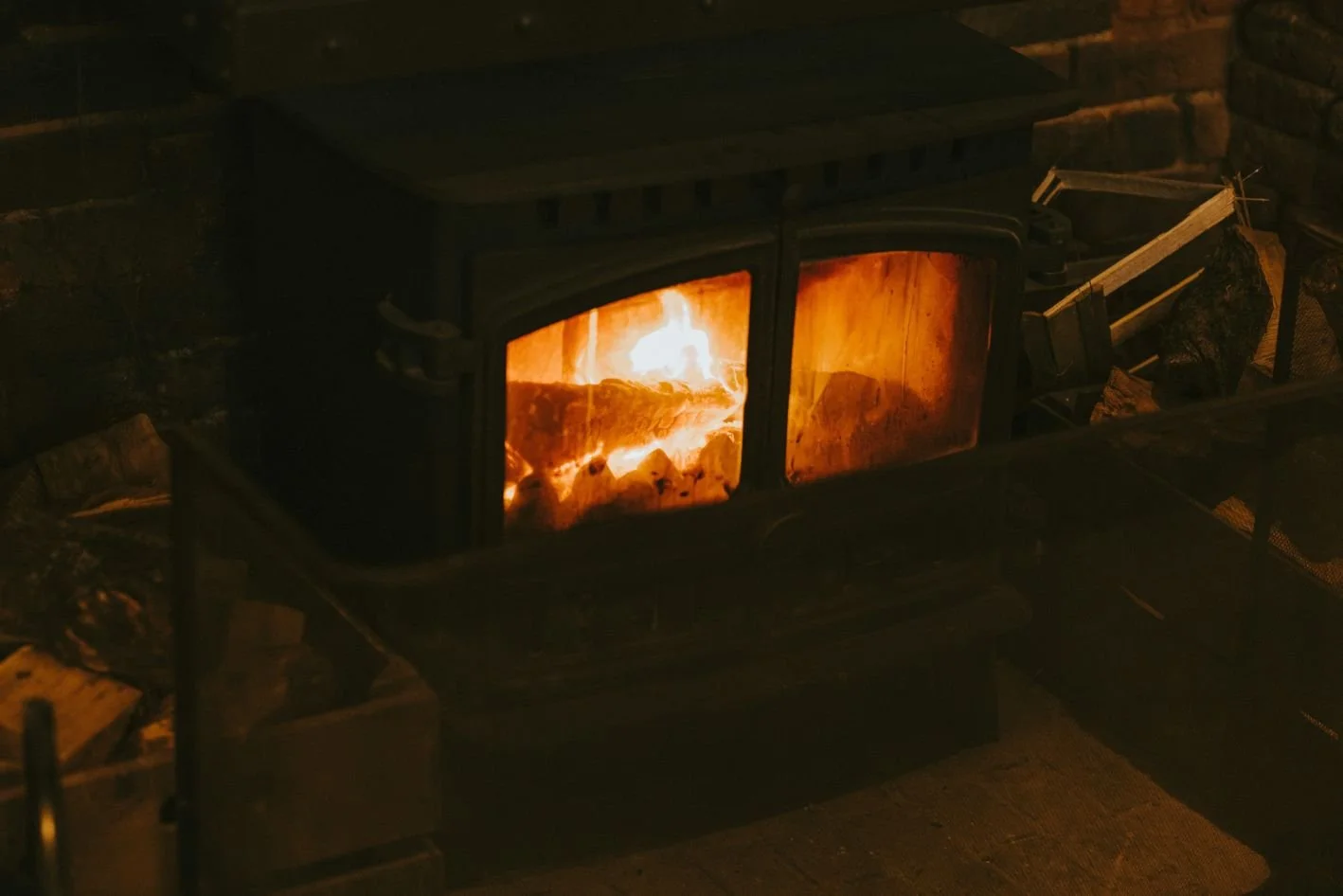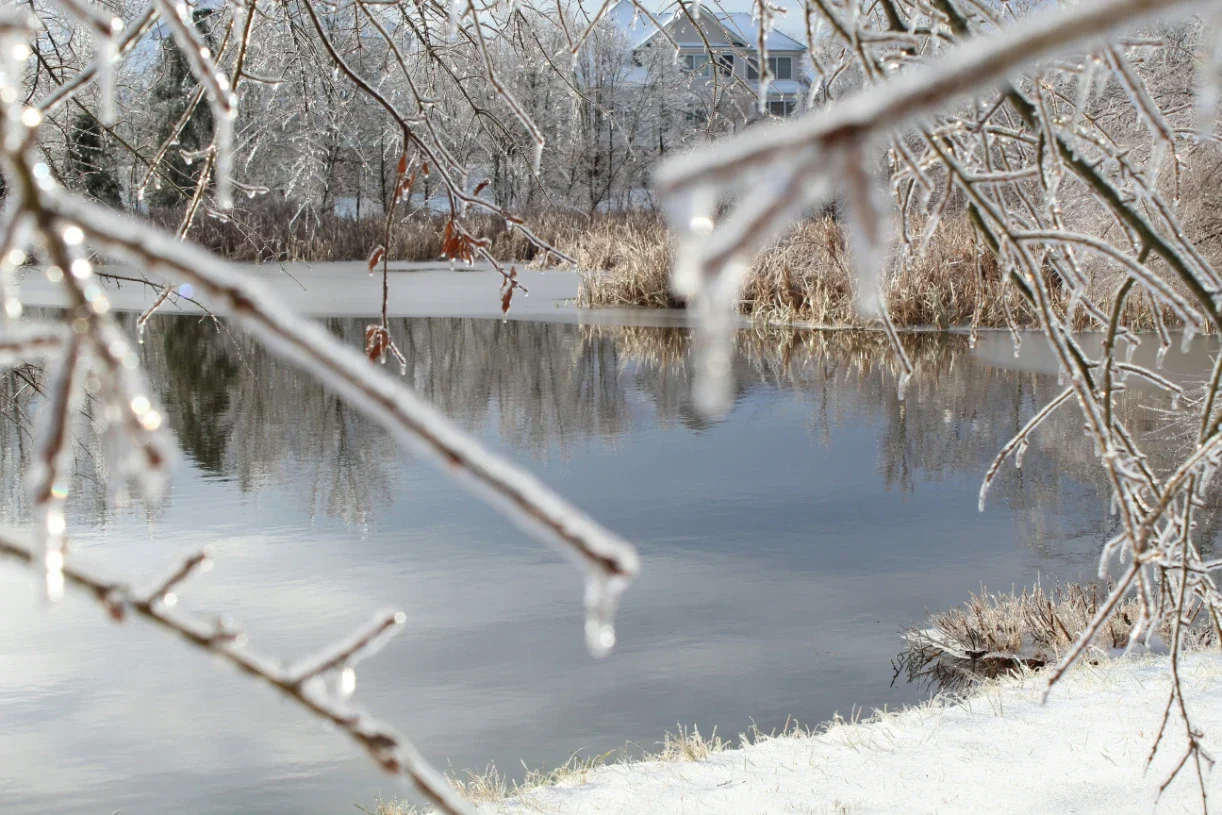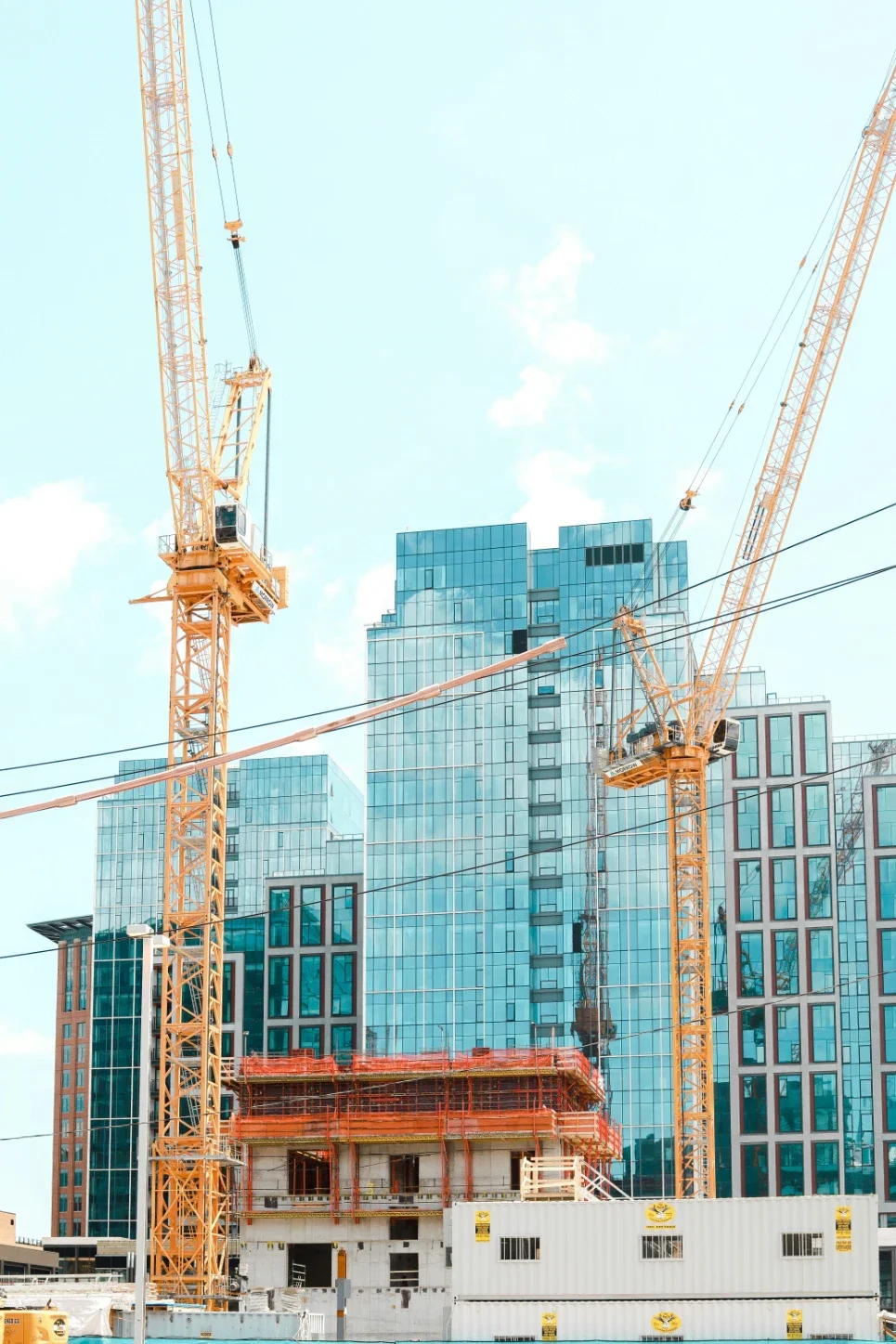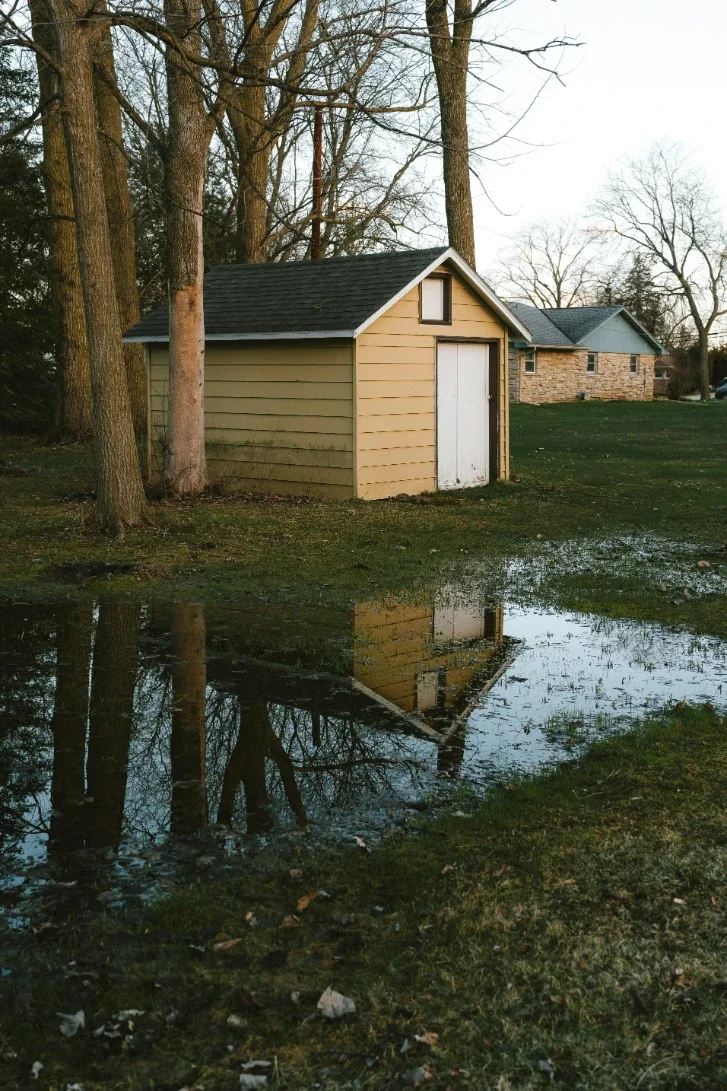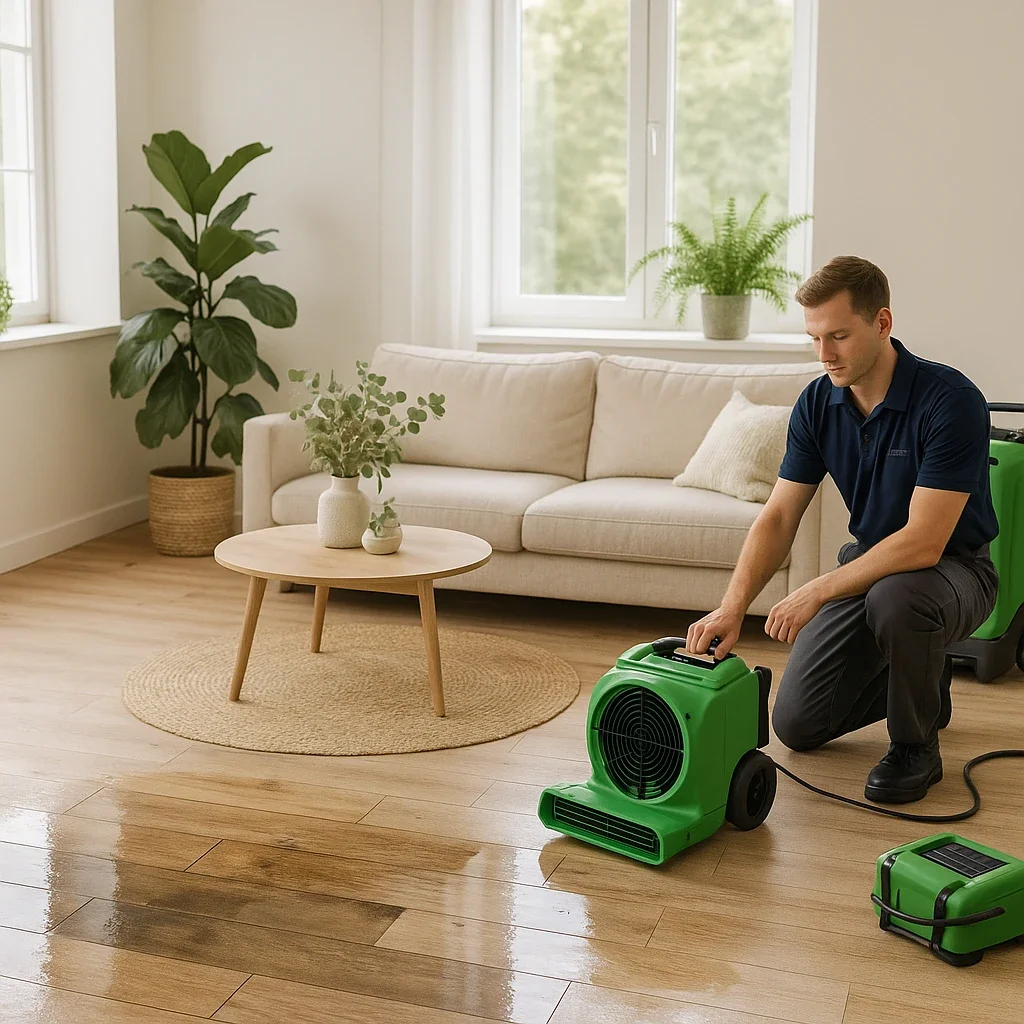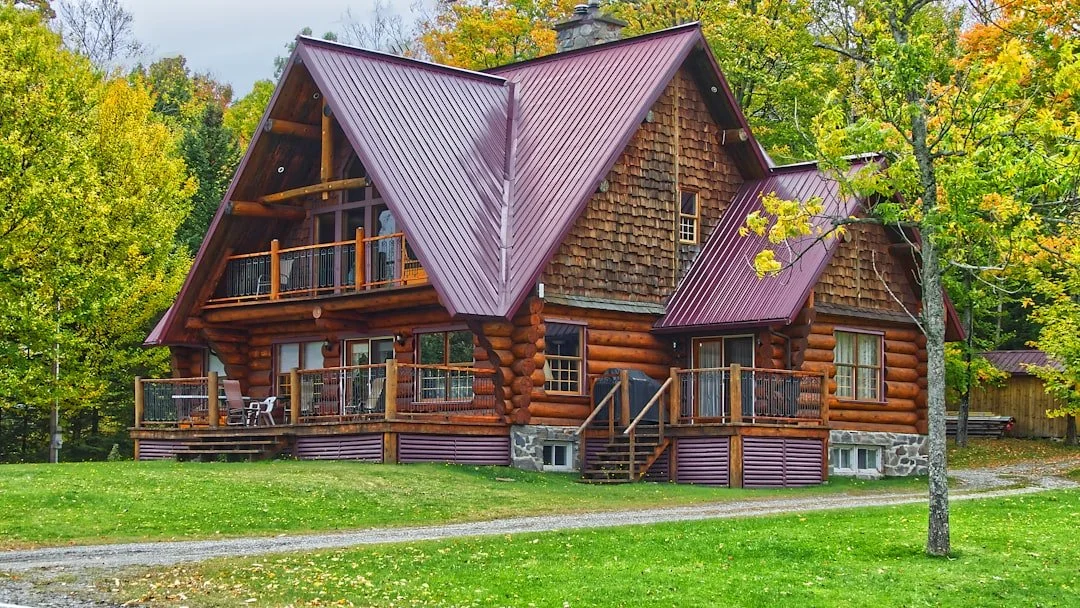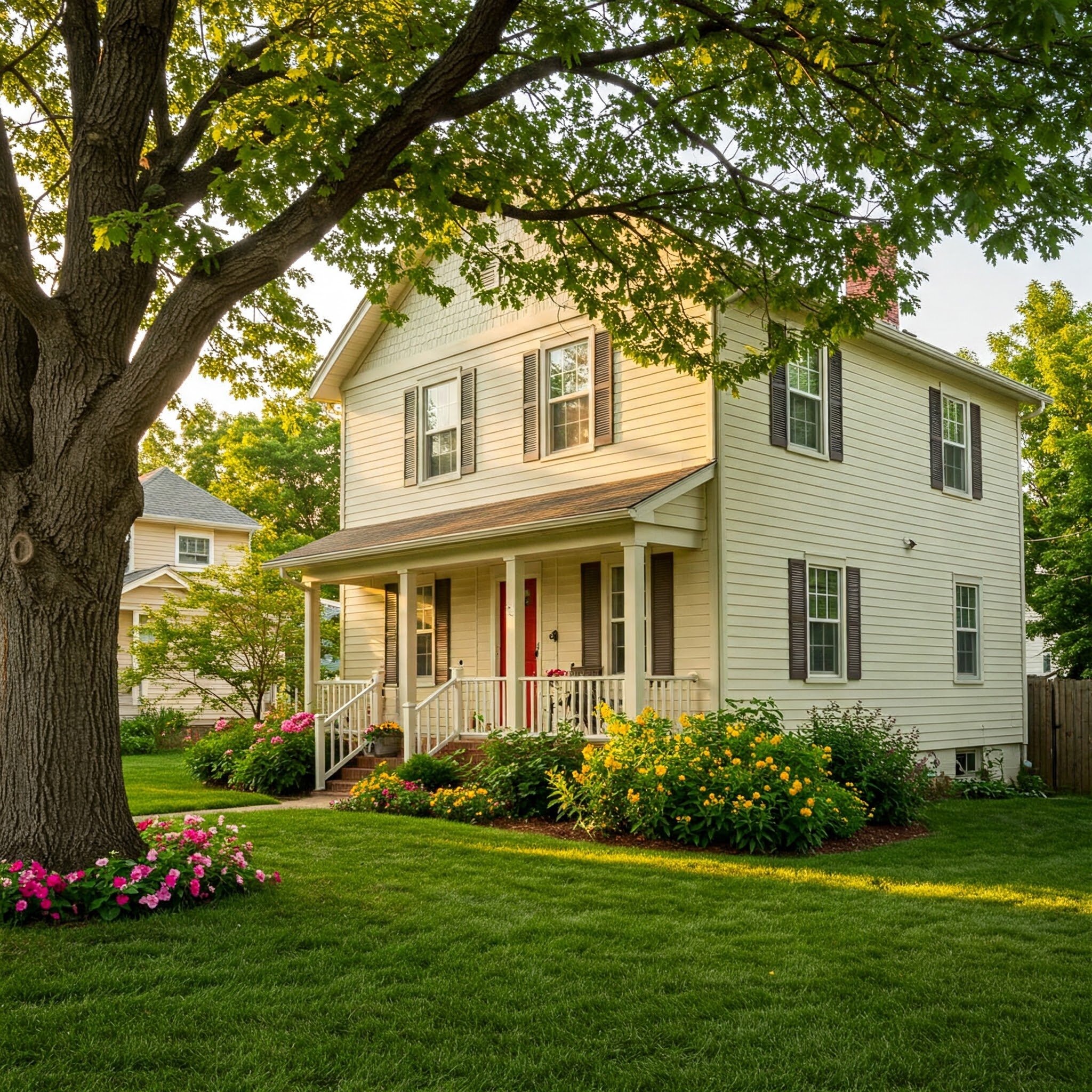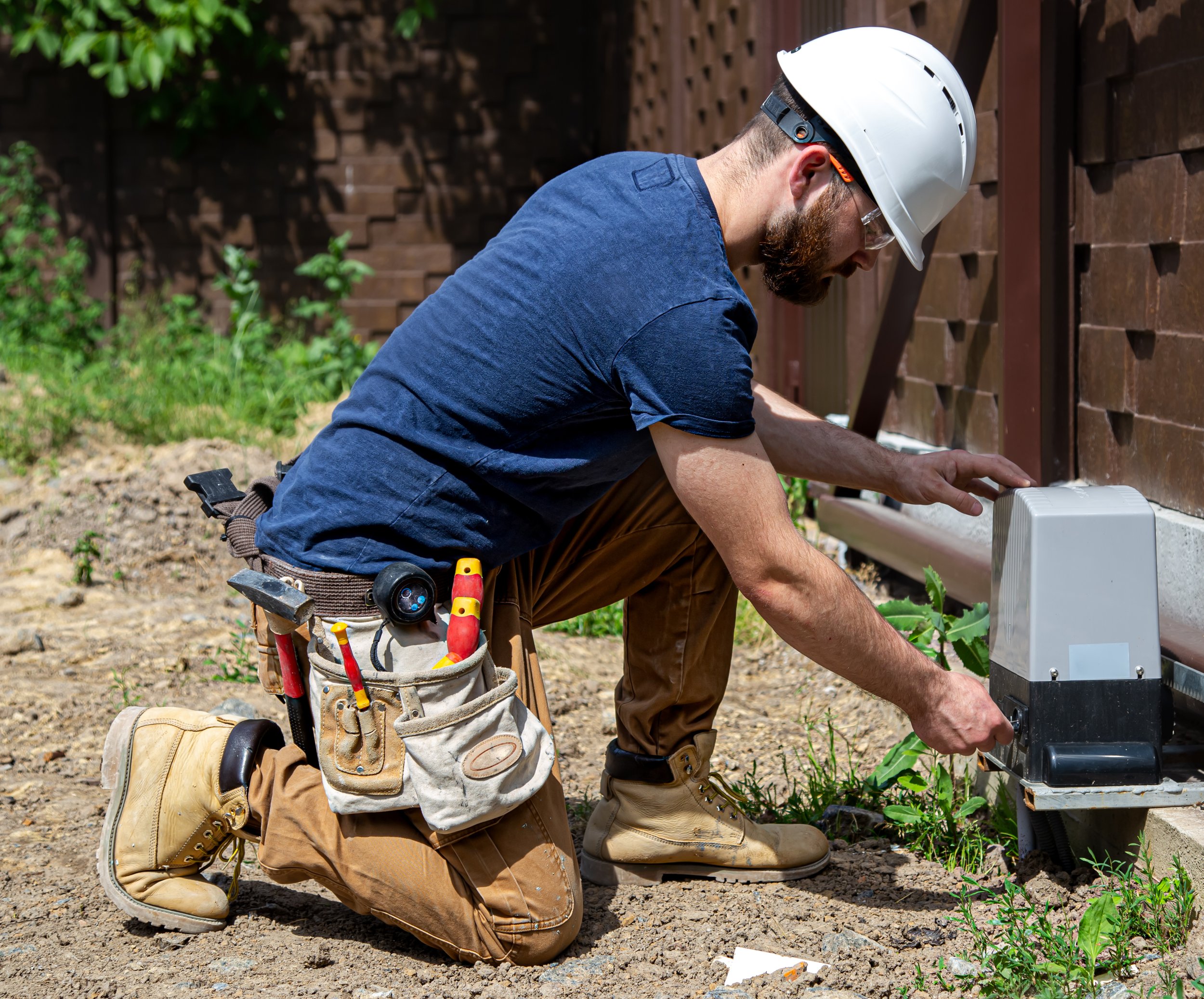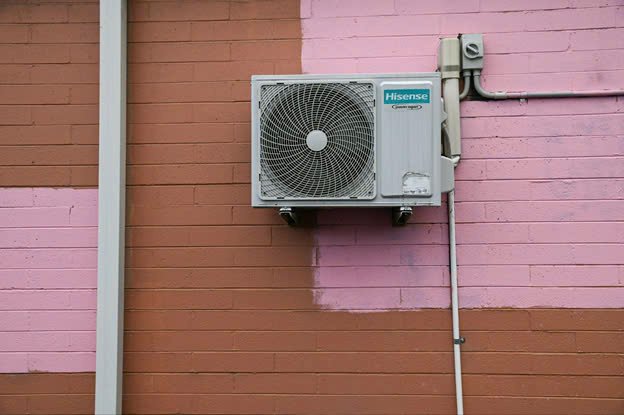Is Your Furnace Trying To Tell You It’s Time For A Repair?
Is your furnace making strange noises or heating unevenly? Learn the key signs it’s time for a repair before it breaks down completely.
When the temperatures drop and your furnace becomes the heart of your home’s comfort, the last thing you want is for it to break down unexpectedly. Yet furnaces often signal trouble well before they stop working altogether. From strange noises and weak airflow to inconsistent heating or rising utility bills, subtle signs can warn you that your system needs attention.
Ignoring these red flags could result in more costly repairs—or even a complete replacement. Recognizing these signs early and acting quickly is key to avoiding discomfort, expense, and inconvenience.
Find A Furnace Repair Service You Can Trust
The first step toward keeping your furnace healthy is selecting a reliable, experienced service provider who can diagnose and resolve issues quickly and effectively.
Alberta Mountain Air Heating & Air Conditioning
Based in Calgary, Alberta Mountain Air has earned a strong reputation for comprehensive furnace repair services tailored to the region’s cold climate. Their certified technicians specialize in fast diagnostics, straightforward pricing, and long-term maintenance solutions. Whether your furnace is blowing cold air, making loud clanging noises, or not running at all, Alberta Mountain Air offers emergency and same-day repairs for residential systems.
Action Furnace
Another leading name in Alberta, Action Furnace offers 24/7 service and boasts a track record of over 40 years in HVAC repair. They provide a no-lemon guarantee and comprehensive inspections to spot underlying issues early. Technicians undergo weekly training and come equipped with everything they need to complete most repairs during the first visit.
Knight Plumbing, Heating and Air Conditioning
Serving Calgary and surrounding areas, Knight is known for their thorough furnace repair assessments and detailed explanations. Their experienced staff evaluates airflow, thermostat performance, electrical connections, and heat exchangers before recommending any repair. Knight is also highly rated for transparency in their pricing and their respectful, tidy approach when working in clients’ homes.
Unusual Noises And Smells Aren’t Normal
Furnaces should hum quietly and produce no more than the occasional click during ignition. If yours has developed a chorus of bangs, whistles, or groans, or if it smells off, something isn’t right.
A loud banging could point to a dirty burner causing delayed ignition. Squealing might indicate a fraying blower belt, while rattling may signal loose components. Persistent metallic or burning smells often come from overheated parts or electrical issues. Musty odors might even hint at mold growth in the ductwork or heat exchanger.
These warning signs shouldn’t be ignored. They can reflect issues ranging from worn-out parts to dangerous carbon monoxide leaks. Have a technician investigate any new sounds or smells immediately, especially if they worsen over time. Acting promptly often prevents a minor repair from becoming a major one.
The Airflow Feels Weak Or Uneven
If your furnace is running but not pushing enough air, it’s a clear symptom of underlying trouble. A healthy system should maintain consistent pressure across your vents, with no room significantly warmer or colder than the rest.
Poor airflow can stem from clogged filters, duct leaks, blower motor problems, or dirty coils. Left unchecked, these blockages can overwork the system, increasing your energy usage and causing premature breakdown. In multilevel homes, airflow problems are particularly common—but that doesn’t make them acceptable. Routine maintenance like filter replacements and duct cleaning can restore proper circulation and efficiency.
Also, keep in mind that closed or obstructed vents, especially in lesser-used rooms, can create pressure imbalances that confuse your thermostat and stress your system.
You’re Adjusting The Thermostat Constantly
If you find yourself constantly nudging the thermostat higher to maintain comfort, the issue may not be your preferences—it could be your furnace.
A unit that struggles to hold your desired temperature could have a failing thermostat sensor, dirty burners, or an aging heat exchanger. In older systems, this often indicates wear on internal components that are no longer functioning at full capacity. The system might cycle on and off too frequently (short-cycling), never run long enough to heat your home thoroughly, or stay on longer than necessary—driving up energy costs.
Rather than adjusting the temperature repeatedly, call in a professional to test system accuracy and determine whether recalibration or part replacement is needed.
Rising Energy Bills Without A Clear Reason
If your heating bills are rising despite no increase in usage, your furnace may be consuming more power to compensate for internal inefficiencies.
This is especially common in older units nearing the end of their lifespan. As key parts wear down—such as the blower motor, heat exchanger, or igniter—the system draws more energy to produce the same amount of heat. Dirty filters and clogged ducts exacerbate the problem by forcing your furnace to work harder.
Your Furnace Won’t Stay On Or Turns On Too Often
Short-cycling, when your furnace turns off before reaching the target temperature, and frequent cycling, when it turns on and off more often than necessary, are both serious red flags.
Short-cycling can be caused by overheating due to clogged filters or a malfunctioning flame sensor. It may also indicate a faulty thermostat that misreads the temperature. On the other hand, rapid cycling could stem from damaged wiring, insufficient airflow, or a system that’s too large for your home. Either way, it stresses your unit and accelerates wear and tear.
These behaviors not only reduce comfort and efficiency—they also dramatically shorten the lifespan of your furnace. A technician can evaluate your setup and recommend adjustments, whether it’s a tune-up, repair, or system recalibration.
Endnote
Your furnace is like any other machine—it performs best when monitored, maintained, and serviced regularly. The warning signs it sends are opportunities, not inconveniences. By listening closely and calling in professionals when needed, you can extend the life of your unit, lower energy bills, and ensure your home stays warm through the coldest months.
